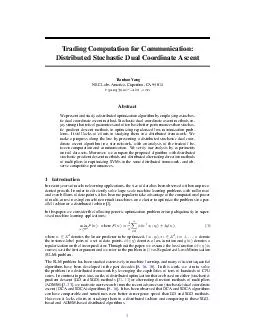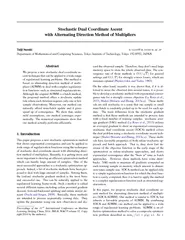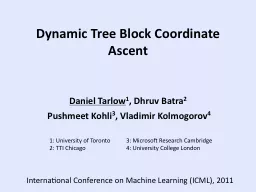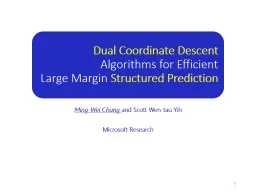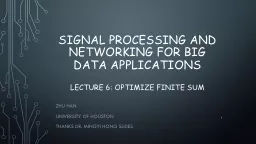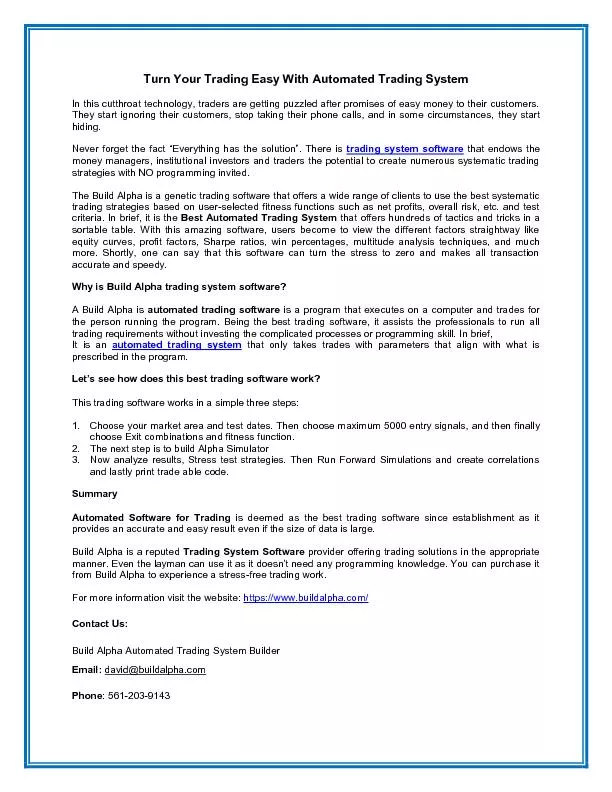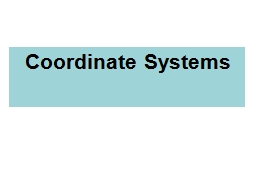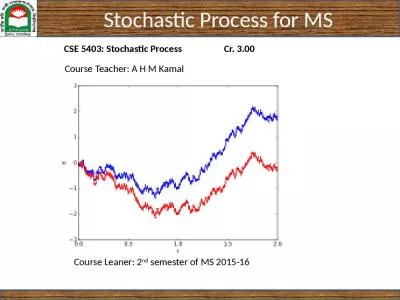PDF-Trading Computation for Communication Distributed Stochastic Dual Coordinate Ascent Tianbao
Author : pamella-moone | Published Date : 2014-12-13
com Abstract We present and study a distributed optimization algorithm by employing a stochas tic dual coordinate ascent method Stochastic dual coordinate ascent
Presentation Embed Code
Download Presentation
Download Presentation The PPT/PDF document "Trading Computation for Communication Di..." is the property of its rightful owner. Permission is granted to download and print the materials on this website for personal, non-commercial use only, and to display it on your personal computer provided you do not modify the materials and that you retain all copyright notices contained in the materials. By downloading content from our website, you accept the terms of this agreement.
Trading Computation for Communication Distributed Stochastic Dual Coordinate Ascent Tianbao: Transcript
Download Rules Of Document
"Trading Computation for Communication Distributed Stochastic Dual Coordinate Ascent Tianbao"The content belongs to its owner. You may download and print it for personal use, without modification, and keep all copyright notices. By downloading, you agree to these terms.
Related Documents

